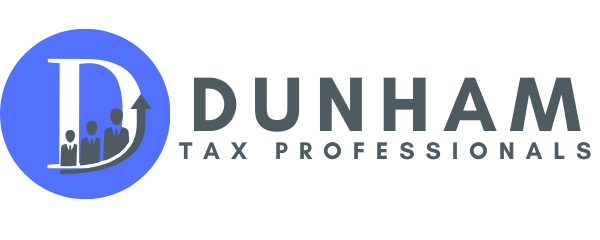
Tax Benefits for Home-Based Businesses: What You Need to Know
Running a home-based business offers several tax benefits that can help reduce your overall tax liability. Understanding and utilizing these benefits is crucial for maximizing your savings. In this article, we’ll explore the key tax benefits available to home-based businesses.
Key Tax Benefits for Home-Based Businesses:
- Home Office Deduction:
- Deduct expenses related to the portion of your home used exclusively for business purposes, such as mortgage interest, rent, utilities, and maintenance.
- Example: A freelance writer deducts a portion of their rent and utilities for their home office space.
- Internet and Phone Expenses:
- Deduct the business-related portion of your internet and phone expenses.
- Example: A graphic designer deducts 50% of their internet and phone bills used for business communication and research.
- Business Equipment and Supplies:
- Deduct the cost of business equipment and supplies, such as computers, printers, and office supplies.
- Example: An online retailer deducts the cost of a new computer and printer purchased for managing their business.
- Vehicle Expenses:
- Deduct expenses related to the use of your vehicle for business purposes, such as mileage, fuel, and maintenance.
- Example: A real estate agent deducts mileage and fuel expenses for driving to client meetings and property showings.
- Travel and Meals:
- Deduct travel expenses for business trips, including airfare, lodging, and meals.
- Example: A consultant deducts travel expenses for attending a business conference out of state.
- Health Insurance Premiums:
- Deduct health insurance premiums if you are self-employed and not eligible for employer-sponsored health insurance.
- Example: A freelance photographer deducts the cost of their health insurance premiums.
- Professional Services:
- Deduct fees paid for professional services, such as legal, accounting, and consulting services.
- Example: A small business owner deducts fees paid to an accountant for tax preparation and financial advice.
Home-based businesses can take advantage of several tax benefits to reduce their overall tax liability. By understanding and utilizing these deductions, you can maximize your savings and improve your business’s financial health. Consult with a tax professional to ensure you are taking full advantage of all available tax benefits.





